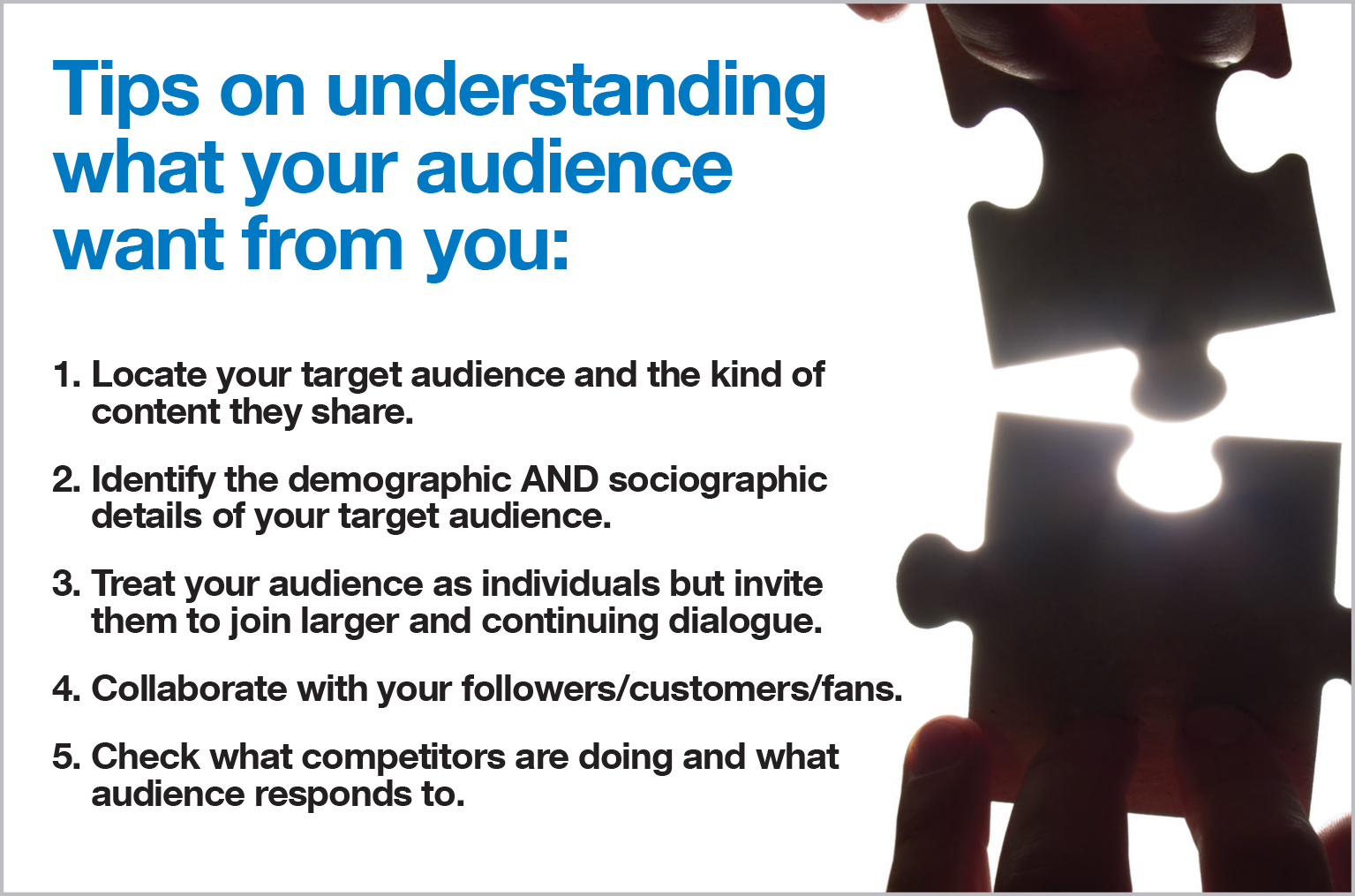 Did you know there are over 3.5 million pieces of content being shared online every second? That’s over 200 million pieces every minute! Crazy, isn’t it? How does your brand compete with all of this content shooting out every second? How does your company deal with the ever changing landscape of online platforms that cater to this avalanche of content?!
Did you know there are over 3.5 million pieces of content being shared online every second? That’s over 200 million pieces every minute! Crazy, isn’t it? How does your brand compete with all of this content shooting out every second? How does your company deal with the ever changing landscape of online platforms that cater to this avalanche of content?!
This sounds intimidating and the reality is it can be but it doesn’t have to be. So how does your brand come out strong and resonate with an audience that is bombarded by millions of pieces of information every minute? Here’s the secret, provide the right content in the right CONTEXT.
Companies often overlook the importance of context in their content. They crow about their marketing messages as the be all and end all of perfect copy. If you still are the kind of company who only knows how to brag about what you do then boy, you better jump off that ship and catch the next CONTEXT train! And once you get on, don’t EVER, ever forget to talk to all the passengers on board!
The context of all content you create is essential to attract the attention of your audience. The only way audience will be bothered to listen to you is when you can create a connection. Neither your company nor your brand decides what’s valuable; it is your audience. When you create content which talks about your product, it is good but not necessarily for those receiving the information but when you create great content that people enjoy, that’s a win-win.
Content being in the right context adds value to your message and your brand. Context adds to your results. So how do you make sure that your content is in the right context? Here are top three things you need to do to get on the right track:
Find where your audience’s attention is and strategize around it
When creating and developing content, it is not enough to just talk about your product or brand. In some cases, you do not have to do this at all. Your audience will only take the time to see and hear what’s valuable to them and sorry to bring it up, but you don’t matter unless you make them feel they are valued.
Find your audience – their hangouts (physical and virtual), their interests, their network. See what catches their attention and understand the depth of the attention they provide. Listen to the topics they discuss and are engaged with them.
By knowing for whom you are writing the content for and the topics they are already responding to, it will be easier to strategize the context of the content that works for your target audience.
Understand audience mindset in each platform
 In every distribution channel, there is certain demographic that dominates. Find out which distribution channel is where your audience attention is focused. Understand how the psychology of the people in this platform functions. Take cues. Don’t rush. Stay put. Then learn (and respect) how to communicate in that ‘room’.
In every distribution channel, there is certain demographic that dominates. Find out which distribution channel is where your audience attention is focused. Understand how the psychology of the people in this platform functions. Take cues. Don’t rush. Stay put. Then learn (and respect) how to communicate in that ‘room’.
Platforms affect the form of content being used, thus, context is important to effectively sending your message across.
Also, never be afraid to experiment with a new format or technologies to further reach out to your audience. Jump in. Test. You are at far more risk if you wait. Those who move, respond and test rapidly will flourish. Just delve in and analyze how communication in a platform thrives.
Don’t leave your brand identity behind
Coming up with content in the right context entails not only what audience is interested in or the channel they are in but also your brand objectives. Determining and understanding the first two steps helps you align your brand objectives to create the kind of content your audience wants and needs.
Stay relevant but don’t be inconsistent to your brand guidelines. After all, the reason why you want to create content in the right context is to identify your brand with your audience and for your audience to do the same.
Developing content in the right context is not about being the STANDOUT among millions. Context allows you to resonate your message among your target audience who believes their say matters to the company and brand. Remember, they are savvy and intelligent. They know when you are in it to deliver just another marketing message and are always ready to disengage. If you don’t create content in the right context, you will find yourself talking in a place where no one is listening.





